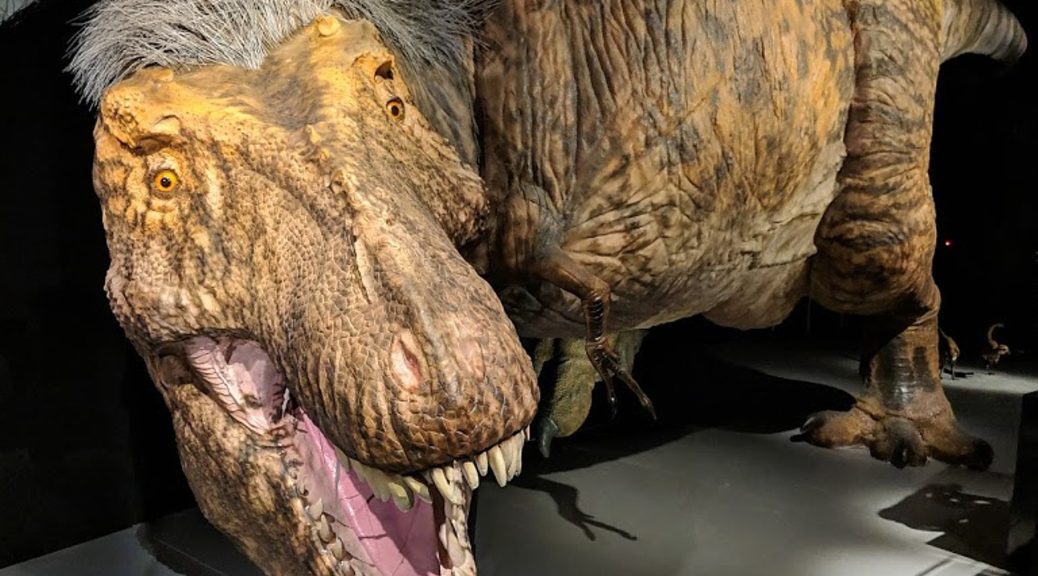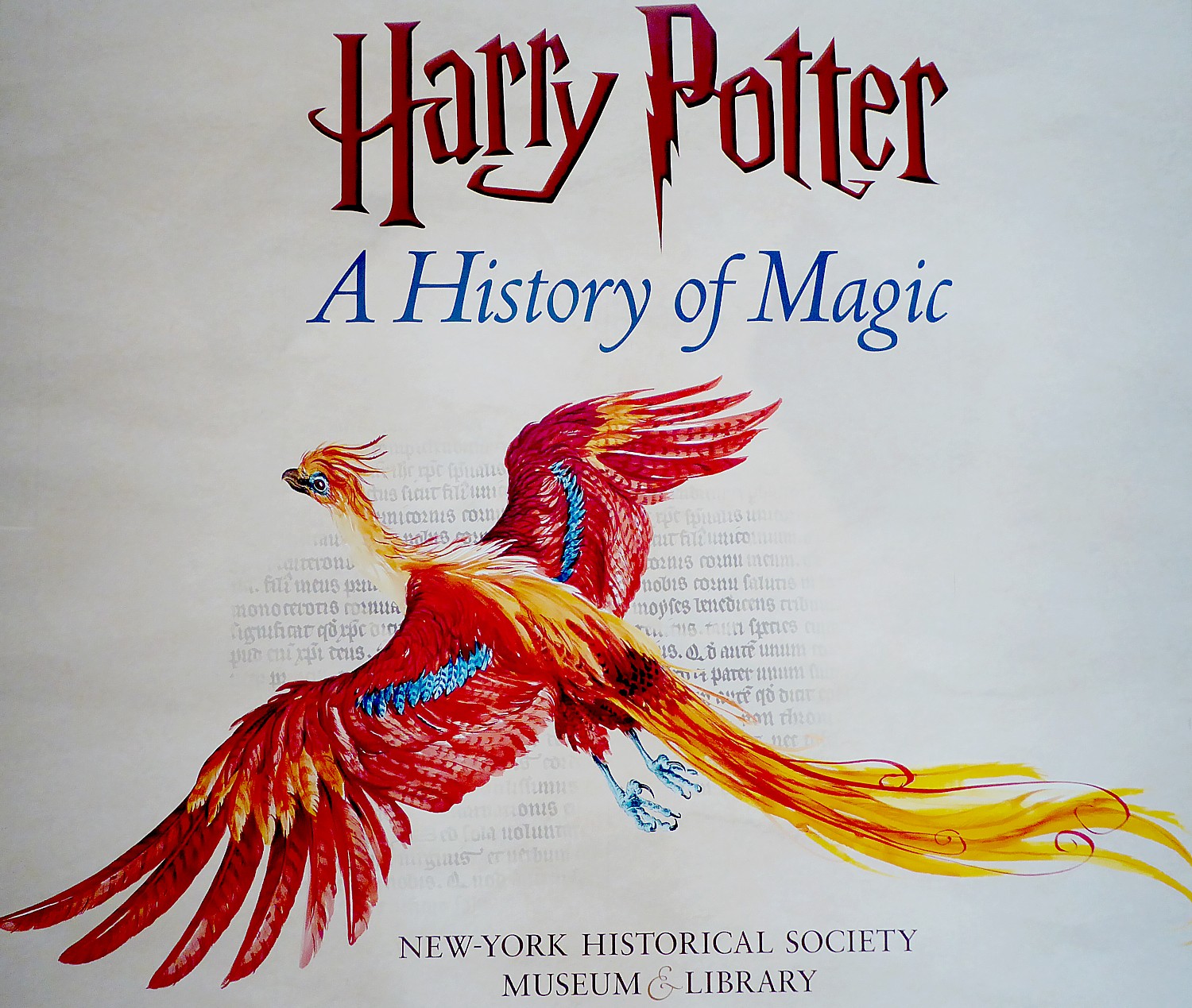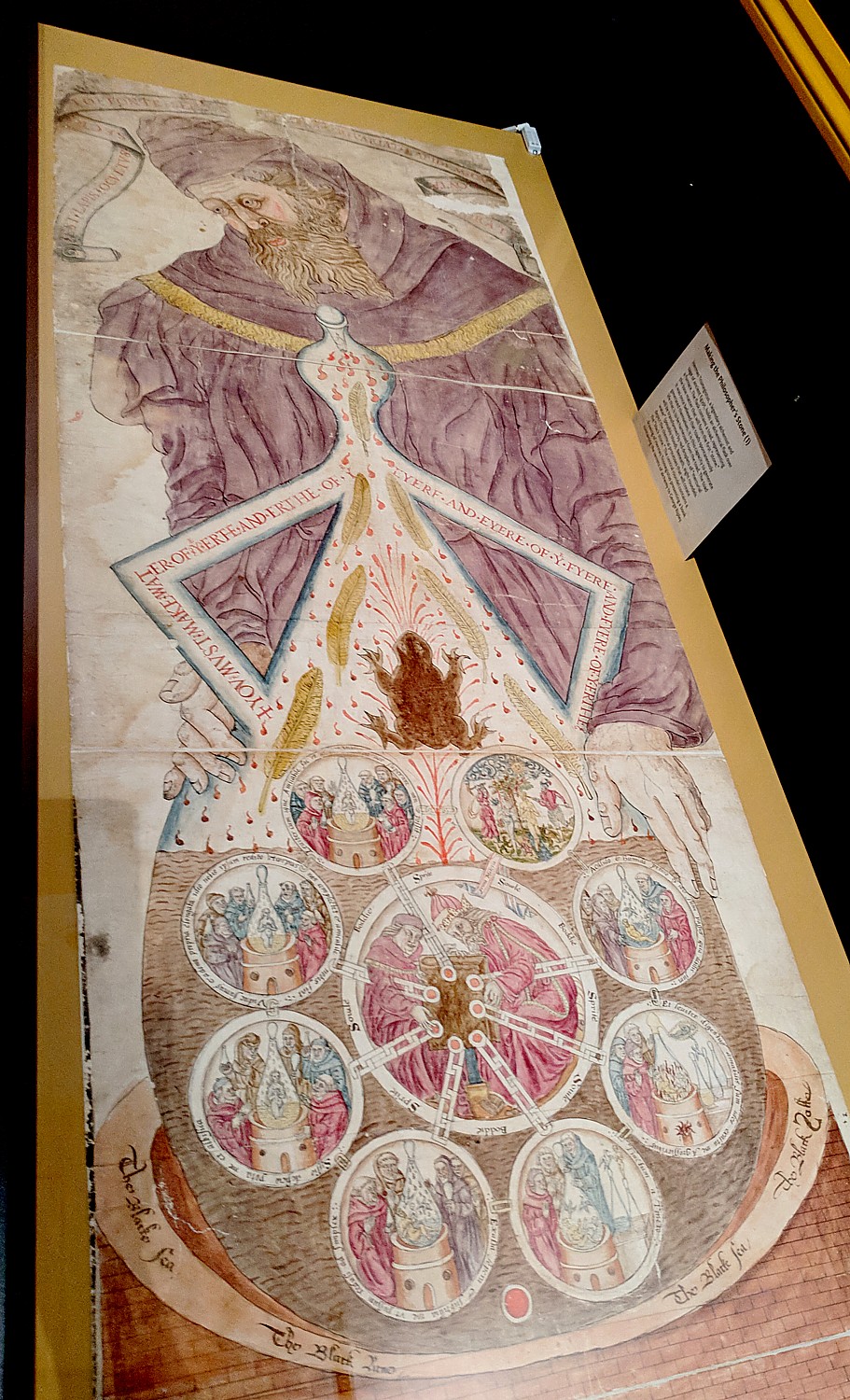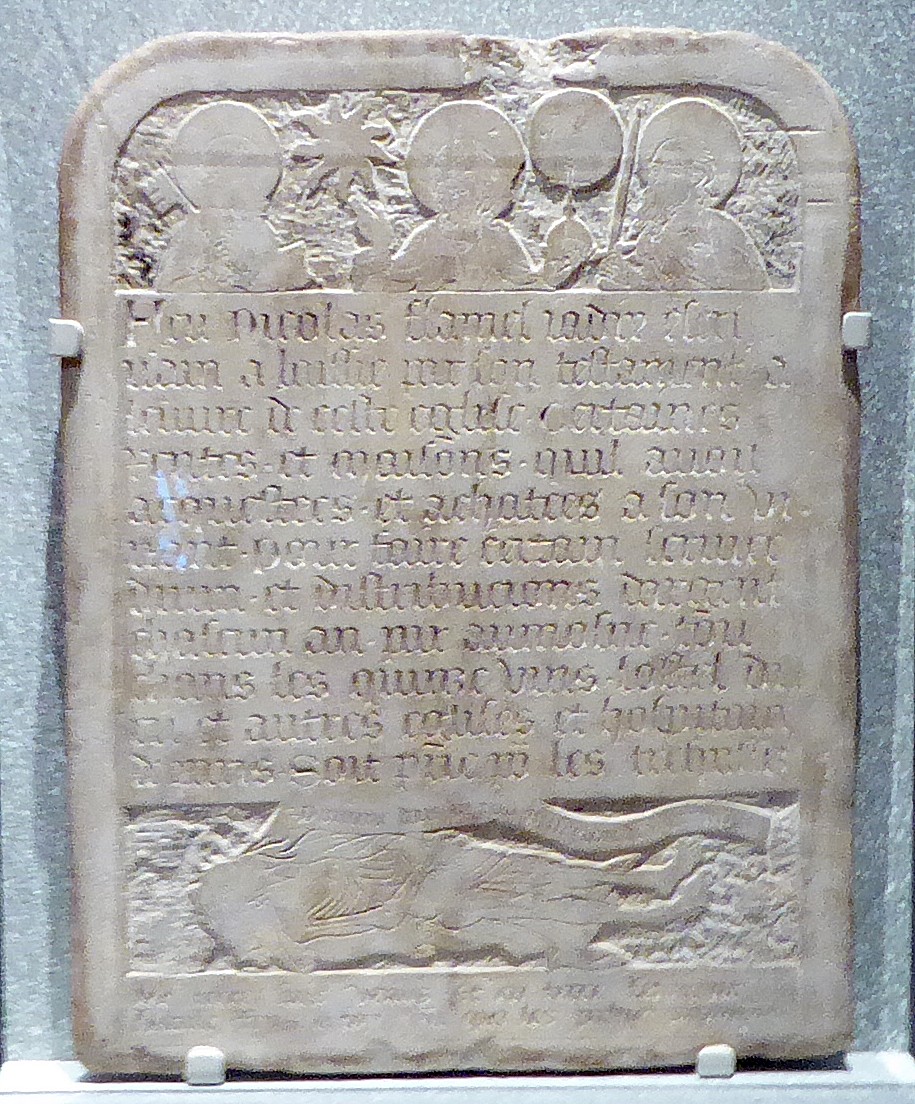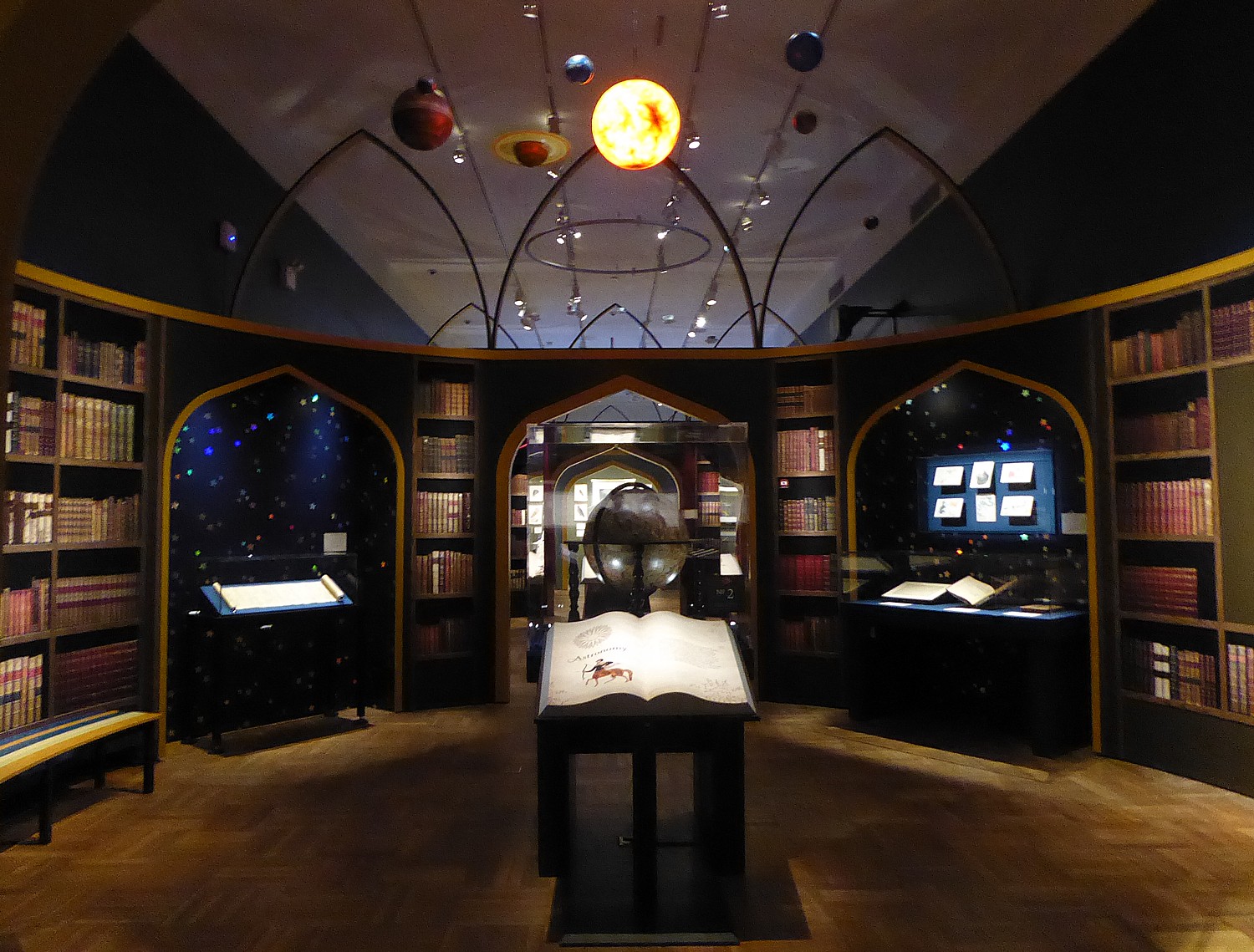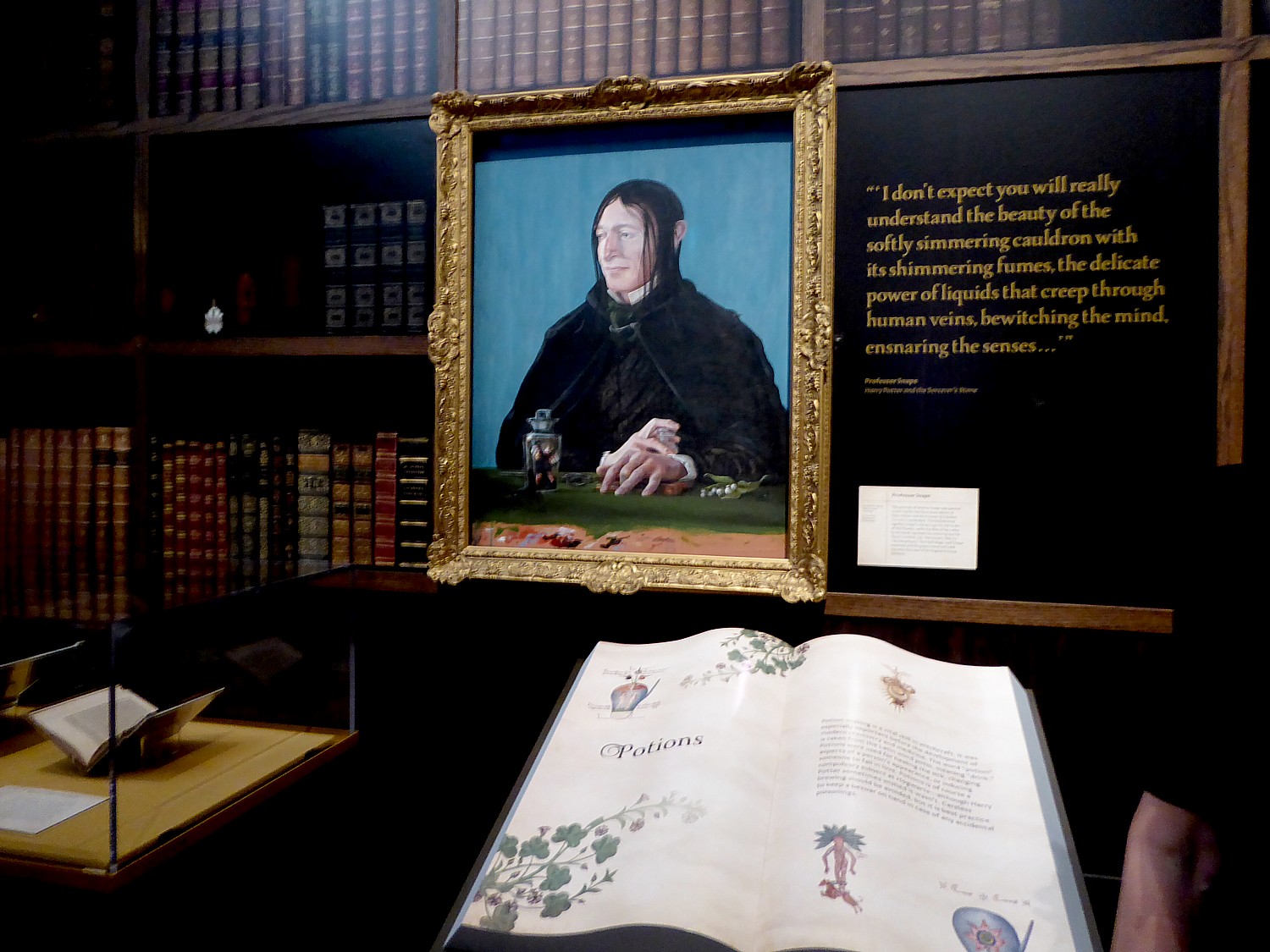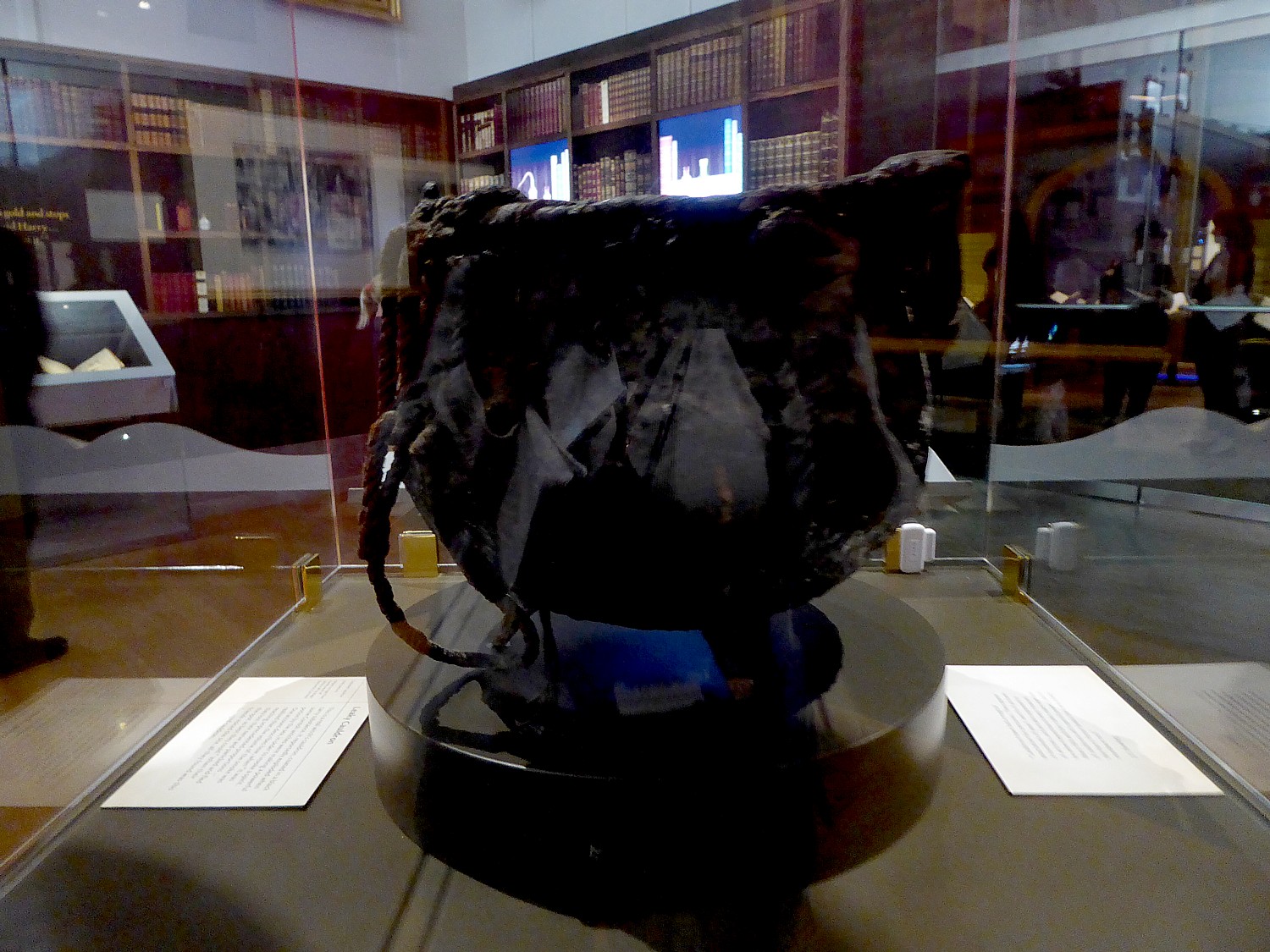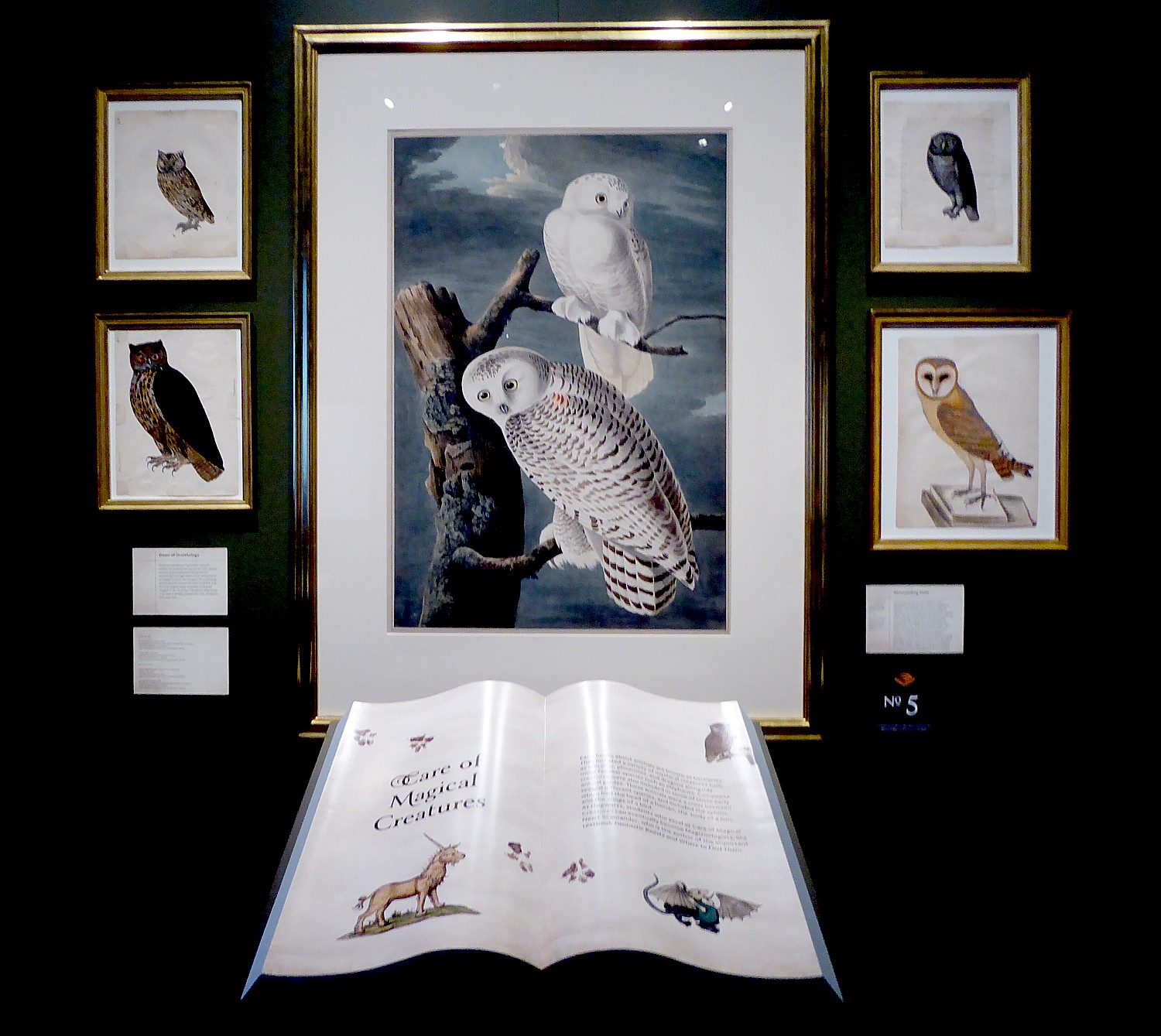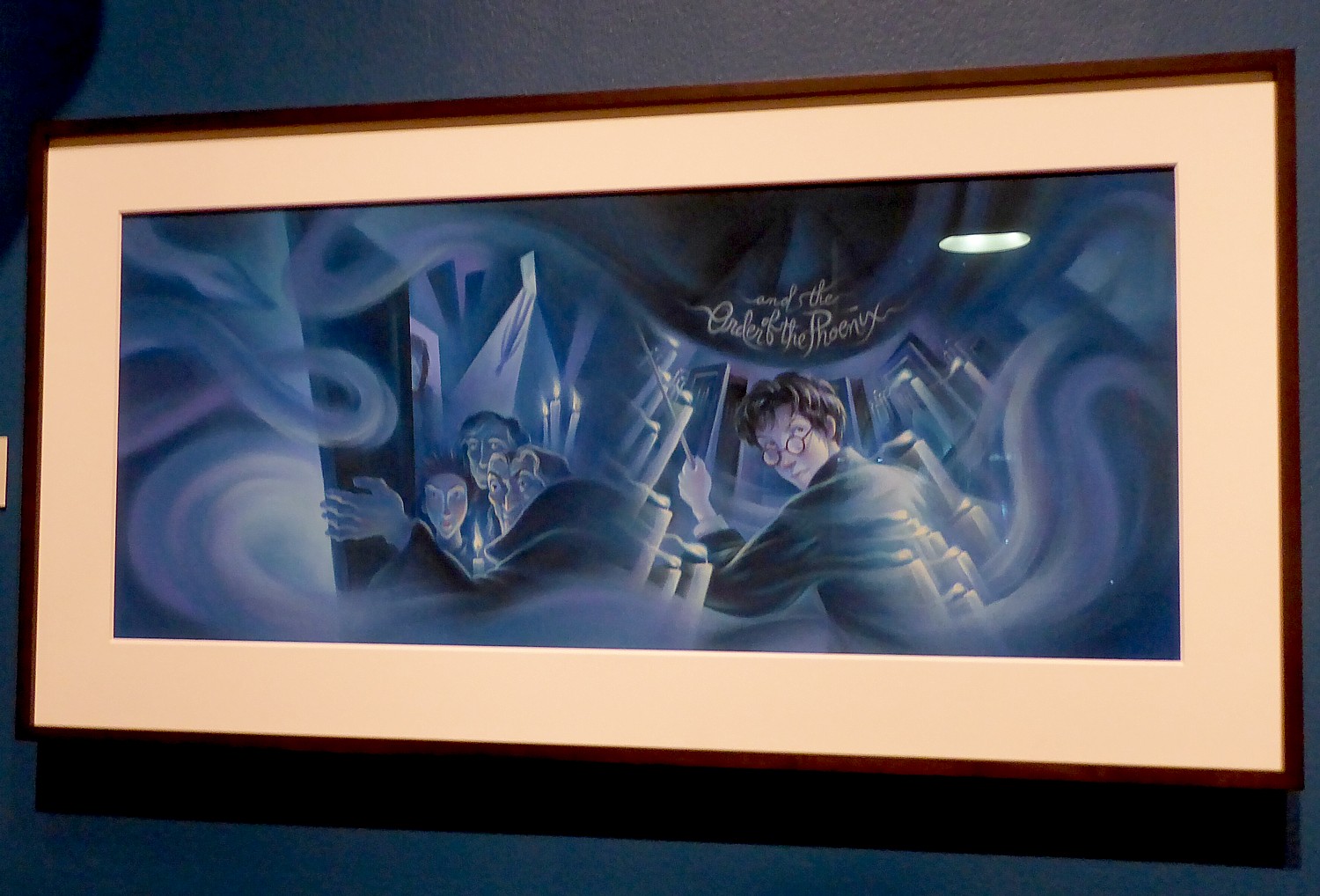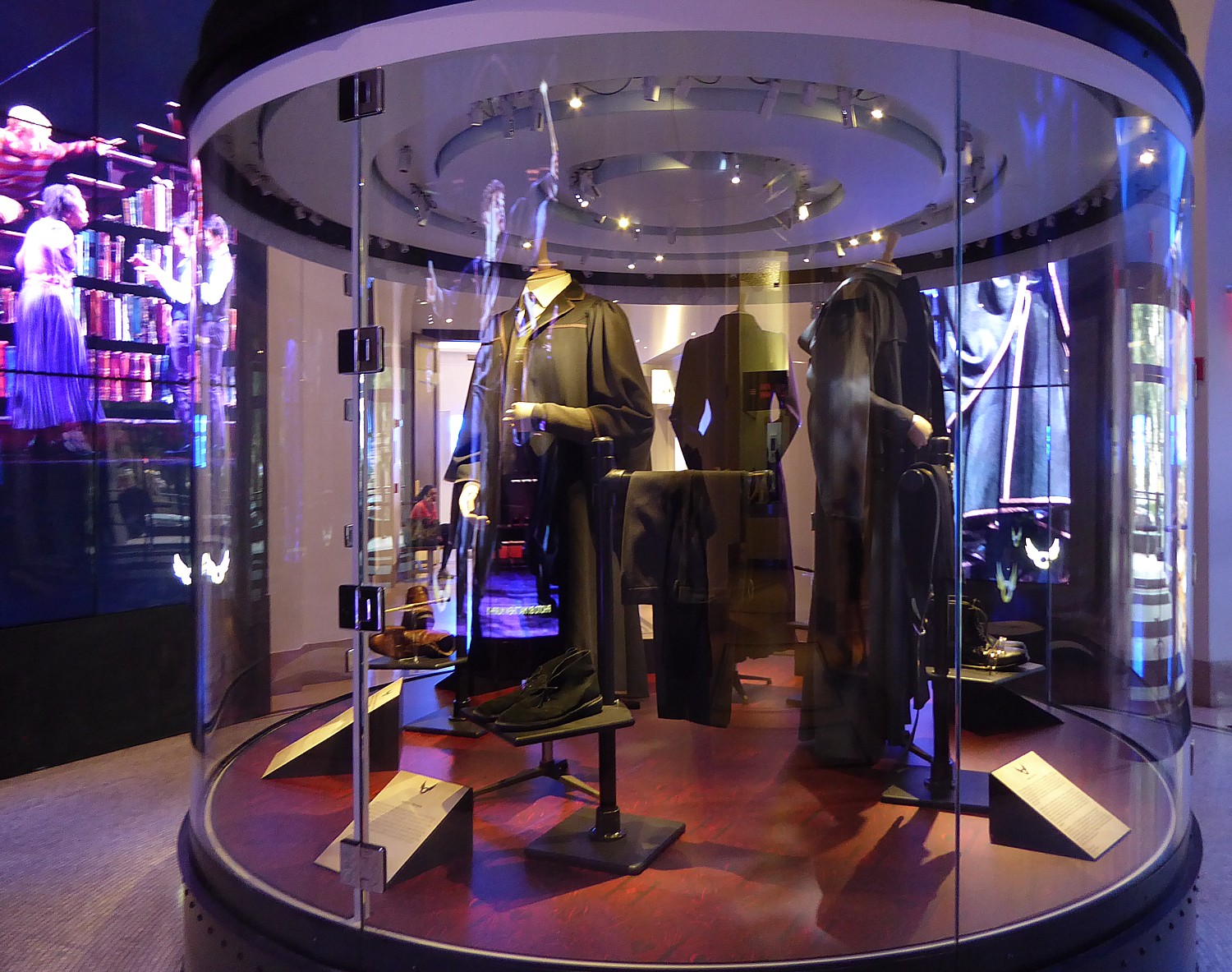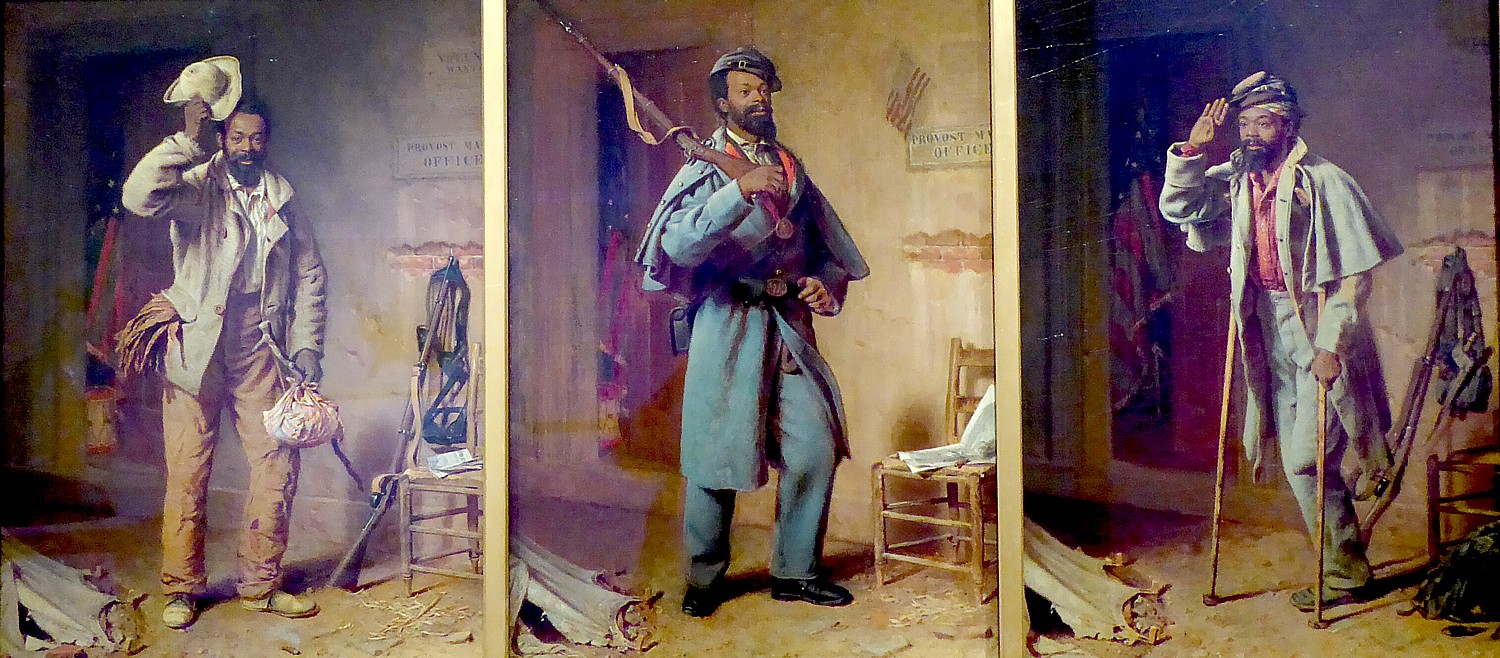
By Karen Rubin, Travel Features Syndicate, goingplacesfarandnear.com
We have become well aware how terrifying Tyrannosaurus rex was, but who knew that T. rex hatchlings were fluffy and gangly, more like turkeys than the massive killing machines they grow to be? Or that the mega-predator had the rare ability to pulverize and digest bones and re-grow its teeth? Or that it grew at the rate of 140 lbs. a month, weighing 6 to 9 tons when fully grown and lived no more than 28 years? That it had excellent vision and sense of smell, but puny hands that probably were vestigial? T. rex: The Ultimate Predator, the first major exhibition of the American Museum of Natural History’s 150th anniversary celebration, brings us face to face with the most iconic dinosaur in the world through life-sized models—including the most scientifically accurate representation of T. rex to date–fossils and casts, engaging interactives, and the Museum’s first multiplayer virtual reality experience.
T. rex: The Ultimate Predator opens Monday, March 11, 2019 and will be on view through August 9, 2020, when the exhibit will likely go on tour.
Founded in 1869, the Museum has a long and celebrated history of international exploration and research in paleontology dating back to the 1890s, with an outsized influence in a field that sits at the intersection of cutting-edge science and the popular imagination. The Museum has a particularly special relationship to T. rex: its famous paleontologist, Barnum Brown, was the first to discover T. rex – in 1902 in Montana – and the first T. rex on display anywhere was here at the museum. This makes the new blockbuster exhibit, T. rex: The Ultimate Predator, inspired by a legacy of scientific exploration and bringing the latest science to the public, a natural launching point for the museum’s 150th anniversary programming.
With more than 120 years of dinosaur research and discovery, the Museum continues to be a leader in this field. Its paleontology collection is one of the largest and most diverse in the world, with specimens that have led to amazing discoveries, including the identification of the first dinosaur eggs and early evidence of dinosaur feathers. A number of recent discoveries about the tyrannosaur group are highlighted in this exhibition.

“Dinosaurs, and Tyrannosaurus rex in particular, are such an important and iconic part of the Museum and have been throughout our history,” said Ellen V. Futter, President of the American Museum of Natural History. “So it seems fitting to launch the Museum’s 150th Anniversary celebrations with a major new exhibition on the ever-intriguing King of Dinosaurs. This exciting and fascinating exhibition will do what the Museum has done throughout its history and continues to do today: share the latest scientific breakthroughs with the public, introduce visitors to the researchers on the cutting-edge of discovery, shed new light on the great story of life on Earth, and inspire wonder and curiosity in visitors of all ages.”
Indeed, while Barnum assembled the most complete collection of dinosaur fossils in the world for the museum, the museum has some 34 million specimens and artifacts – one of the most important collections of natural history anywhere. Its library and archives of research documents – like Barnum’s own field notes and letters which show how painstaking and difficult the expeditions were – are the most complete and extensive in the world.
”Dinosaur fossils, like other echoes of ancient life, are discoveries of the science of paleontology. But dinosaurs have a special status that transcends their importance to science—they fascinate and inspire the masses like few other animals—living or extinct—can,” said Michael Novacek, the Museum’s senior vice president and provost for science. “Chief among them is T. rex, perhaps the most famous and celebrated dinosaur that ever lived.”
Visitors to T. rex: The Ultimate Predator encounter a massive life-sized model of a T. rex with patches of feathers—the definitive representation of this prehistoric predator. The exhibition includes reconstructions of several T. rex hatchlings and a four-year-old juvenile T. rex; a “roar mixer” where visitors can imagine what T. rex may have sounded like by blending sounds from other animals; a shadow theater featuring a floor projection of an adult T. rex skeleton coming to life; and a life-sized animation of T. rex in a Cretaceous environment that responds to visitors’ movements. At a tabletop “Investigation Station,” visitors can explore a variety of fossil casts ranging from coprolite (fossilized feces) to a gigantic femur, with virtual tools including a CT scanner, measuring tape, and a microscope to learn more about what such specimens can reveal to scientists about the biology and behavior of T. rex.
T. rex: The Ultimate Predator is curated by Mark Norell, who joined the Museum in 1989. Norell, who is the Macaulay Curator in the Museum’s Division of Paleontology and its chair, has led and participated in a number of scientific investigations into the biology and evolutionary history of tyrannosaurs and other theropods—the group of dinosaurs most closely related to modern birds. His work includes the first discovery of a feathered tyrannosaur, Dilong paradoxus, in China in 2004. In addition to Dilong, many of the species studied by Norell and his colleagues and former students, and recent research findings, are featured in the new exhibition.

“In the last 30 years, we’ve seen a huge increase in both the number of tyrannosaur fossil discoveries as well as the availability of technology that lets us explore complex questions about these charismatic animals,” Norell said. “I never would have imagined that one day we’d be able to look at the shape of T. rex’s brain, analyze the tiny daily growth lines on their massive teeth to determine how quickly they put on weight, or use advanced biomechanical modeling to figure out the force of its bite.”
Humble Origins
T. rex may have been a mega-predator, but it evolved from humble origins. The full tyrannosaur family includes more than two dozen different species and spans more than 100 million years of evolution, with T. rex appearing only at the very end of that period, between 66 and 68 million years ago. Most dinosaurs in the superfamily Tyrannosauroidea were not giants like T. rex, which, fully grown, weighed between 6 and 9 tons. Early species were small and fast, likely avoiding confrontations with larger dinosaurs.

In the exhibit, we come face to face with life-size models of a number of tyrannosaurs, including: Proceratosaurus bradleyi, the earliest known tyrannosaur that lived about 167 million years ago and was about the size of a wolf with a crest on its snout; Dilong paradoxus, which like many early tyrannosaurs, had arms that were relatively long and capable of seizing small prey, and was the first tyrannosaur found with fossilized feathers (discovered by exhibition curator Mark Norell and his colleagues in China); and Xiongguanlong baimoensis, a mid-sized tyrannosaur that, when it was discovered in 2009, offered a rare glimpse of a transitional species between the smaller early tyrannosaurs and the later giants.
The exhibit features interactive elements: visitors are tasked with placing various tyrannosaur family members in the correct time period on a magnetic wall and can experiment with a praxinoscope that animates the difference between walking and running—T. rex could only truly run when it was young. A hands-on interactive lets visitors attach the right size tail to a T. rex torso to create a balanced posture.
Getting Big
How did T. rex get so big when its ancestors were so small? And how did a young T. rex, the size of a turkey grow to the size of a truck? The simple answer: by growing very quickly. T. rex reached full size by its early 20s—about as fast as a human does—but it put on much more weight in that time, gaining up to 140 pounds (65 kg) per month. The exhibition shows T. rex in early developmental stages, showing how the dinosaur transformed from a vulnerable hatchling with a more than 60 percent chance of succumbing to predators, accidents, disease, and failure to find food in its first year of life, to a gargantuan predator at the top of the food chain. No T. rex has been found that has been identified as being older than 28 years.
“T. rex was the ‘James Dean’ of dinosaurs; he would have been very beat up,” said Gregory Erickson, paleobiologist from Florida State University.
Much of what we see in the exhibit is the result of a new approach to studying dinosaurs – integrating other scientific disciplines, such as molecular biology and chemistry, and comparative techniques to contemporary animals such as crocodiles and birds, as well as new technologies like 3D scanning.
The latest understanding also presents T. rex’s “arms” as even tinier than before, suggesting that they had no function and were vestigial in the course of evolution. Also, the “hands” have two fingers instead of three.
So far, though, the scientists have been unable to determine a dinosaur’s sex from the skeleton. “It would be nice to know the sex ratio to understand population biology, how bodies changed over their lifespan,” Erickson said. “You have to appreciate just how rare these specimens are – just 1,000 dinosaurs have been named.”
Erickson explains that though scientists know what strata to search, it has to be relatively close to the surface for paleontologists to safely extract the bones without damaging them; also, many of the sites where dinosaurs might be found are in very remote, difficult places. And it may well be true that there were relatively few of the largest dinosaurs, because of the supply of resources available.
The exhibits display T. rex at various stages of its development.

We see a life-size model of a four-year-old T. rex, which although not yet the “king” it would become in adulthood, would have weighed about five times more than a four-year-old boy and was as large as any other predatory dinosaur in its habitat. Fully covered in feathers for warmth and camouflage, this juvenile T. rex had relatively long arms (unlike its adult counterparts), a slim body, and bladelike teeth that could cut through flesh but were not yet capable of crushing bone.
We encounter a real fossil of a T. rex toe bone and a touchable cast of a T. rex thigh bone to gain a sense of scale for the fully grown giant, which stood about 12 to 13 feet high at the hip and was about 40 to 43 feet long. Fossil casts from a close relative to T. rex, Tarbosaurus bataar, illustrate that T. rex wasn’t the only tyrannosaur that looked and behaved dramatically differently throughout its life. A cast of the youngest and most complete juvenile tyrannosaur fossil found to date, a two-year-old Tarbosaurus, has a delicate skull with thin bladelike teeth it likely used to catch small vertebrates and insects, while the cast of the huge adult Tarbosaurus skull indicates that when fully grown, it used its heavy, bone-crushing teeth and jaws to eat large animals.
Biggest, Baddest Tyrannosaur
All tyrannosaurs were built to kill, but the biggest and baddest of them all was T. rex. With its huge size, sharp claws, and teeth that could bite through bone, it dominated the competition. New research shows that a T. rex could bite with about 7,800 pounds of force—equivalent to the weight of three cars – compared to 3,700 pounds of force of a modern crocodile.
We see a fossil of one of these huge, banana-shaped teeth, which relied on deep roots to withstand the immense forces during a bite, as well as a cast of a fossilized T. rex lower jaw demonstrating the constant replacement cycle of its fearsome teeth. A full-scale reproduction of the T. rex fossil skeleton on display in the Museum’s Hall of Saurischian Dinosaurs—in a different pose—is the subject of the exhibition’s “shadow theater,” in which the skeleton’s 40-foot shadow (somewhat jarringly) “comes to life” and demonstrate to visitors how the animal moved and interacted with prey and its own kind.

Scientists long suspected T. rex could bite through bone, thanks to fossils of its powerful skull and teeth. But now there’s proof in fossilized feces, or coprolites, which contain many tiny chunks of bones eroded by stomach acid. High-tech imaging tools like CT scanners, X-ray fluorescence, and microprobe analysis reveal that T. rex was one of the rare species on Earth that could pulverize and digest solid bone. In fact, some T. rex coprolites are 30-50 percent crushed bone. The exhibition features a cast of one of these telltale coprolites as well as a cast of a tail bone from a duck-bill dinosaur with an embedded T. rex tooth surrounded by new bone growth, indicating that T. rex was not just a scavenger but also attacked live prey.
We learn about the fierceness of two other top predators in the tyrannosaur subfamily, which lived side by side in Asia about 70 million years ago: Alioramus and Tarbosaurus. Bulky Tarbosaurus and nimble Alioramus likely specialized in different prey, much like lions and leopards do today.
Keen Senses of Sight, Smell
We know T. rex from fossils—but what was it like in the flesh? The exhibition’s massive life-size adult T. rex model is based on the most up-to-date findings and represents the most scientifically accurate representation of this pop culture icon to date. New research on this powerful hunter’s senses show that keen vision, smell, and hearing made it very hard for this predator’s prey to avoid detection.

Brain casts indicate that T. rex had excellent vision. Its eyes, the size of oranges—some of the largest eyes of any land animal—faced forward like a hawk and were set wider apart than most other dinosaurs, giving it superior depth perception.
How can you tell the shape of an extinct animal’s brain? Soft tissues such as brains rarely fossilize. But fossilized skulls often contain a space where the brain used to be, revealing its precise shape. Scientists use these fossilized brain cases to make a model, or endocast, of the missing brain. They also use CT scanning to make a 3D printout of the brain. The exhibition includes a fossilized partial brain case of a T. rex as well as the endocast scientists created from it for study.
By comparing the areas of the brain that are responsible for scent, vision, and hearing in tyrannosaurs’ closest living relatives, birds and crocodilians, researchers have determined that the T. rex brain had similar regions. For instance, T. rex had an unusually large olfactory region for a dinosaur, indicating it had a very good sense of smell. Also like their alligator and crocodile cousins, tyrannosaurs would likely have had highly sensitive faces. Visitors can inspect the series of tiny holes on a fossilized skull of Daspletosaurus torosus, a tyrannosaur that lived between 77 and 74 million years ago. The holes are nearly identical in number and location to those on an alligator, which have jaws so sensitive to touch that they can gently pick up an egg or tiny hatchling without harming it. Fossils of T. rex show similar rough, pitted surfaces, suggesting it also had similar sense organs.
Technology has allowed scientists to uncover a great deal about the inner workings of these gigantic predators, but a number of mysteries remain. For one, what did a T. rex sound like? No one knows. But a logical place to start is to study their closest living relatives. In the exhibition, a “roar mixer” enables visitors to combine the calls of birds and crocodilians with the sounds of contemporary large animals such as elephants, whales, and bison to create a customized roar that accompanies an animated T. rex.

And what about its outward appearance? Feathers are very delicate and are rarely preserved, and they haven’t been found yet on T. rex. But many other dinosaur fossils, including those from other tyrannosaurs and their relatives, preserved feathers, suggesting that T. rex had at least some feathers. Many scientists think that T. rex hatchlings were probably covered in fuzz like a duckling—but adults were mostly covered in scales, likely with patches of display feathers concentrated on attention-getting areas such as the head and tail. Nobody knows what color T. rex was, and it is often depicted as drab, like a crocodile. But reptiles come in every color of the rainbow, so T. rex could have been brightly colored. Exhibition visitors get to choose from a wide palette of colors, stripes, and spots to imagine what T. rex may have looked like in an engaging interactive experience.
Despite the high level of scientific research that has gone into T. rex: The Ultimate Predator, the notes that accompany the displays are designed to be accessible especially for young people who will be enthralled.
At the end of the exhibition, there is a 32-foot long animated projection of a T. rex and its offspring in a Cretaceous-age setting. The huge dinosaur seems to react to visitors, leaving you wondering, “Did that T. rex see me?”

Engaging with T. rex in Virtual Reality
The Museum’s science visualization group renders the latest scientific discoveries in paleontology and other fields through the visualization of big data. Using digital technologies, scientists today observe, measure, and reproduce hidden dimensions of the natural world. From the edges of the observable universe to the evolution of life on Earth, researchers are developing a radically new understanding of nature that the Museum strives to communicate to visitors in highly authentic, intuitive, and novel ways. One of these is virtual reality: an experiential tool that uses objects, models, photos, video footage, and other types of physical evidence of life history to engage and excite visitors.
As part of T. rex: The Ultimate Predator, the Museum will present T. rex: Skeleton Crew, its first interactive, multi-player virtual reality experience, created in collaboration with HTC VIVE. The five-minute experience will be offered to visitors ages 12 and up within the exhibition.
“Virtual reality is a magical realm in which our perceptions of time and space are suspended,” said Vivian Trakinski, the Museum’s director of science visualization. “In virtual reality, nothing is too small, too big, too fast, too slow, too distant, or too long ago to be appreciated. We hope this technology will let our visitors experience the most fantastic and inaccessible realms of nature.”
“Through VR, visitors can engage with the subject of the exhibition in an exciting, in-depth way that enriches their knowledge and leaves a lasting memory for years to come,” said Victoria Chang, director of HTC VIVE Arts. “This remarkably engaging VR project harnesses the power of premium VR, bringing visitors closer to the anatomy, scale, and majesty of T. rex like never before.”
The facilitated experience “transports” as many as three players at a time to a space similar to the Museum’s Hall of Saurischian Dinosaurs, where they team up to build a T. rex skeleton bone by bone. Once all of the bones are in place, the players watch as the T. rex comes to life in marshland that is now Montana, its home 66 million years ago.
A home version of T. rex: Skeleton Crew will launch on VIVEPORT, HTC VIVE’s global platform and app store, for VIVE owners in summer 2019.
Visitors need to purchase a timed ticket to see the exhibit. You can book online, https://ticketing.amnh.org/#/tickets.
150 Years of Scientific Inquiry

The American Museum of Natural History, founded in 1869, is one of the world’s preeminent scientific, educational, and cultural institutions. The Museum encompasses 45 permanent exhibition halls, including those in the Rose Center for Earth and Space and the Hayden Planetarium, as well as galleries for temporary exhibitions. It is home to the Theodore Roosevelt Memorial, New York State’s official memorial to its 33rd governor and the nation’s 26th president, and a tribute to Roosevelt’s enduring legacy of conservation.

The Museum’s five active research divisions and three cross-disciplinary centers support approximately 200 scientists, whose work draws on a world-class permanent collection of more than 34 million specimens and artifacts, as well as on specialized collections for frozen tissue and genomic and astrophysical data and on one of the largest natural history libraries in the world. The museum is the launchpad for some 100 expeditions a year. Through its Richard Gilder Graduate School, it is the only American museum authorized to grant the Ph.D. degree and also to grant the Master of Arts in Teaching degree.
Visits to the museum have grown to 5 million, and the Museum’s exhibitions and Space Shows are seen by millions more in venues on six continents. The Museum’s website, mobile apps, and massive open online courses (MOOCs) extend its scientific research and collections, exhibitions, and educational programs to additional audiences around the globe.

Fantastic prehistoric creatures roamed New York City! On a shelf in the Proboscidean lab, mastodon jaw bone uncovered from Inwood! In March 1925, the AMNH was notified that mastodon remains were exposed during a construction excavation. They were buried in a peat bog, 21 ft. below the sidewalk level at NW corner of Seaman Ave., and Dyckman St. Several of the teeth were stolen while on display at the construction site, but two molars were recovered after a plea for their return. © Karen Rubin/goingplacesfarandnear.com
Open daily from 10 am – 5:45 pm except on Thanksgiving and Christmas.
American Museum of Natural History, Central Park West at 79th Street, New York, NY 10024-5192, 212-769-5100, amnh.org.
_____________________________
© 2019 Travel Features Syndicate, a division of Workstyles, Inc. All rights reserved. Visit goingplacesfarandnear.com, www.huffingtonpost.com/author/karen-rubin, and travelwritersmagazine.com/TravelFeaturesSyndicate/. Blogging at goingplacesnearandfar.wordpress.com and moralcompasstravel.info. Send comments or questions to FamTravLtr@aol.com. Tweet @TravelFeatures. ‘Like’ us at facebook.com/NewsPhotoFeatures
